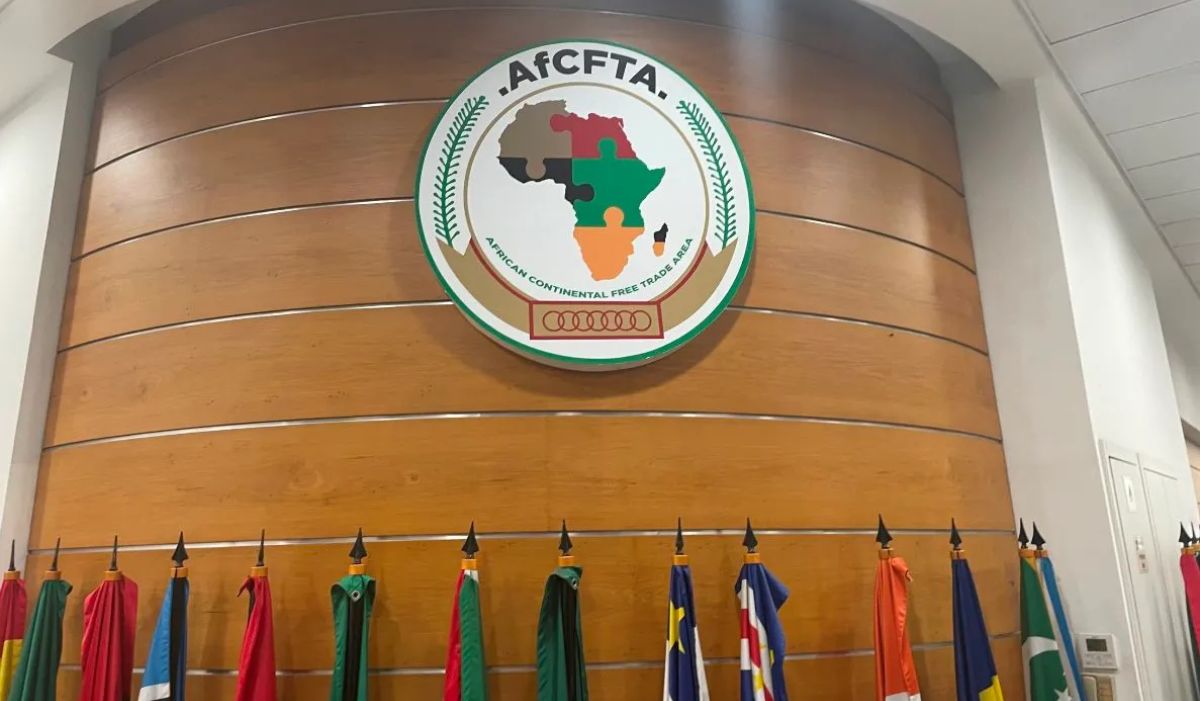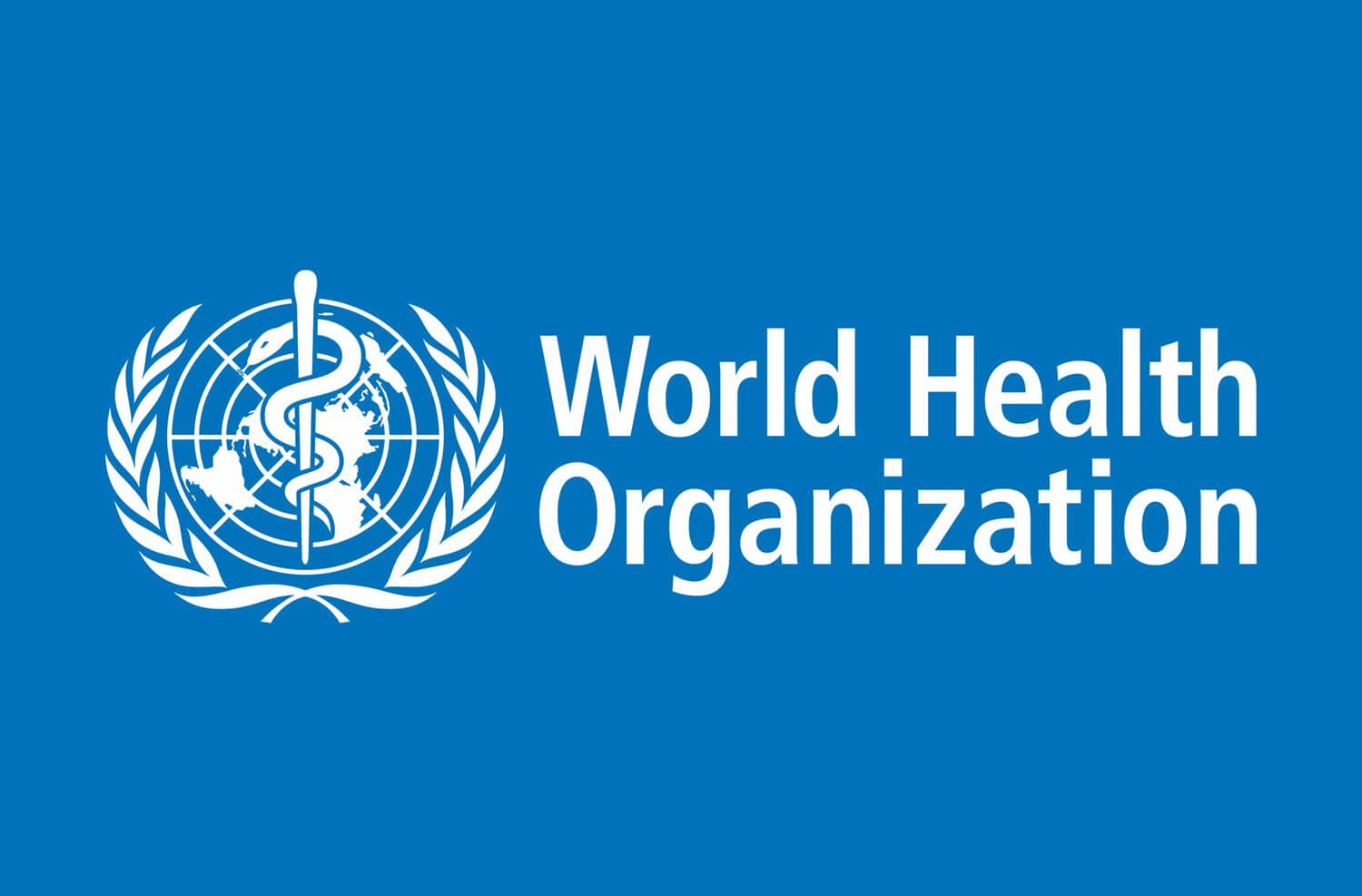AfCFTA Targets $712 Billion Digital Trade Market by 2035

The African Continental Free Trade Area (AfCFTA) is positioning itself to capture opportunities in the digital trade sector—projected to be worth $712 billion by 2035—through strategic partnerships and enhanced trade infrastructure aimed at deepening continental integration and economic independence.
Speaking at the 2025 Afreximbank Annual Meetings in Abuja, AfCFTA Secretary General Wamkele Mene outlined how the Protocol on Digital Trade forms a cornerstone of the organisation’s approach to unlocking Africa’s expanding digital economy potential.
“We intend to harness this significant market, which is estimated to be over $712 billion by 2035, presenting opportunities for young entrepreneurs, investment in data centres, the commercialisation and movement of data, and the development of digital public infrastructure,” Mene explained.
He underscored Afreximbank’s essential contribution in establishing the financial framework necessary for AfCFTA implementation, particularly in dismantling tariff and non-tariff barriers.
“Without the support of Afreximbank, the AfCFTA will not succeed. It requires trade finance tools, support for industrial development, green trade, and green industrialisation,” he emphasised.
A key innovation developed with Afreximbank is the Pan-African Payment and Settlement System (PAPSS), which facilitates intra-African transactions using local currencies while reducing US dollar dependency and cutting transaction costs. Mene argued that conducting trade between African nations in foreign currencies is unsustainable.
“We must use our own currencies. We must ensure the economic sovereignty of our continent and guard ourselves against ever-shifting global geopolitical tensions that affect payment systems,” he stated.
The AfCFTA has secured $10 billion through its Adjustment Fund to assist countries in implementing the agreement, including an initial $1 billion package. Additionally, a $1 billion automotive fund has been established to support component manufacturing and vehicle assembly across the continent, with the potential to generate $46 billion by 2035.
Supporting initiatives include the AfCFTA E-Tariff platform, the Rules of Origin Manual, and the upcoming Transit Guarantee System—all designed to streamline trade processes and increase intra-African commerce.
“We have moved beyond political aspirations to establishing a functional and legally binding multilateral African trading system. This includes protocols on investment, competition policy, and digital trade,” Mene noted.
Despite the progress, he acknowledged persistent challenges, including inefficient customs procedures, elevated trade costs affecting SME access, political instability, and food security issues that prevent smallholder farmers from reaching markets.
“We should be proud of what we have achieved, but also mindful of the difficult journey ahead. Conflict and instability, particularly in rural regions, continue to prevent millions of farmers from accessing markets. We must tackle these issues with urgency if the full potential of AfCFTA is to be realised,” he concluded.
During the launch of the African Trade and Economic Outlook Report, Yemi Kale, Group Chief Economist at Afreximbank, revealed that PAPSS transaction volumes increased by over 1,000% between May 2024 and 2025, demonstrating growing adoption of the payment platform.




